From the very childhood, as soon as I learned to swim, the depth pulled me and I began to dive. At first, just with a mask (like little "wild" freediver)), then a snorkel and fins appeared. I dived in the Black Sea, caught crabs, collected rapans and mussels, watched sea life and loved Cousteau's broadcasts on Sundays.
As time went on, I began to travel abroad and on one of my visits to Egypt, to the Red Sea, I decided to try scuba diving. At that moment, I did not think much about security and generally did not understand how everything worked. I bought an excursion with two dives, an Egyptian who spoke poorly in Russian put the equipment on me, somehow explained what to do, grabbed me and a German by the scruff of the neck, and we began to dive. Breathing underwater is very unusual, but I tried. At first, the German had difficulties with diving, then difficulties began for me — the mask began to fog up. At that time I had no idea how to wash it under water, because I usually did it on the surface. I began to show the mask to the instructor, trying to show that I had a problem, but he dragged us forward and showed the fishes. When the dive was over and we got aboard the boat, I realized that I didn't want to dive a second time, and on the new dive site I was just snorkeling with a mask and fins.
Much time has passed since then. I was on a blogging trip to the flooded quarry of Spas-Kamenka (Russia, Moscow region) — the base of the RuDive diving club. The second attempt to use scuba gear was more successful, because the basics were told to us by a Russian instructor, who patiently answered all the questions that we had. After successfully completing the dive, I had an item in my plans: to get a PADI diving certificate and meet in open water with large fish and marine mammals.
In the winter of 2017-2018, @kibela and I arrived in Indonesia, on the wonderful island of Bali. And having learned that there is a Russian diving center Bali Club in Candidasa (nice small village), we decided to start learning instead of just having a relaxing rest. In order to receive the OWD (Open Water Diver) certificate in the shortest possible time, it was necessary to learn 4 full days from morning to evening, read carefully a rather thick textbook, pass written exams (tests), show our ability to assemble scuba gear, check everything for yourself and your partner, as well as show all the necessary skills to the instructor in open water.
It's interesting that @kibela had never swum even with a mask before traveling to Bali. First, our instructor told the theory, showed how to collect scuba gear, and we dived in the pool, over and over again learning the basics of diving. How scary it was at the very beginning to remove the regulator from the mouth under water or remove the mask! But gradually you start doing everything automatically and understand all the nuances. It's not difficult!
In this photo @kibela is already in open water performing an emergency ascent from 9 meters deep. The most important thing is not to hold your breath, but to say the sound "Aaaaaa", this will allow you to release air from your lungs in small portions. What is it for? When you ascend, the air in the lungs under pressure begins to expand, and if you hold your breath, you can get barotrauma of the lungs. When you are at a depth and you have to ascend without breathing — it's scary. But after the implementation comes the understanding: in everything you just need experience.
It is not easy to study while on vacation. Every day, after lessons, we had to read a lot of theory and understand everything that is written, because this is our safety!
Here is @kibela showing neutral buoyancy skills in open water.
Last dive before exams. We, under the supervision of an instructor, dived along the reef and looked at the marine life. This is a stone fish that mimics the environment. Beautiful and dangerous — it is better not to step on it.
A starfish that looks more like a plush toy.
We successfully passed the exams and, having received temporary certificates, went to the dive site of our dreams — Manta point.
This is where the huge manta rays come for cleaning. The giants flew smoothly around us, looking carefully, but we did not believe that this was happening in reality.
Diving is great! Thank you Bali club and Vlad Klimin for opening for us the way under the water!
The photo of me was taken by @kibela, the rest photos, traditionally, I shot :) Then these were our first attempts to shoot underwater, so everything turned out not very well ... but we are both improving our skills, I hope :) Therefore, watching these photos in full size is not necessarily, they are not too big.
Well, now I can say that in the vicinity of Candidasa there are many excellent dive sites, especially for novice divers. So if you are in Bali, do not miss the opportunity to admire the underwater world :)
You can also see my photos in my blog LJ and in my profile on NatGeo

By the way, if you are interested in purchasing my high-resolution photographs in order to use them privately (including printing on photo paper or large canvas), create a collection of limited editions of digital pictures you own or just thank me for my work, you can visit the new Lensy.io marketplace and view and buy one of limited editions of my tokenized photos. Lensy.io is a digital photography marketplace built on the Hive blockchain.
You can also feel free to write me and ask any photo you like from my blog to add there for the purpose of further purchase.
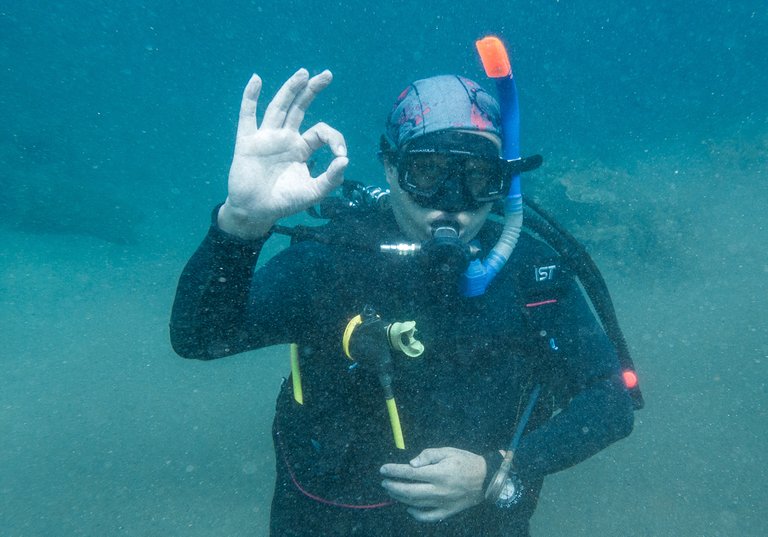

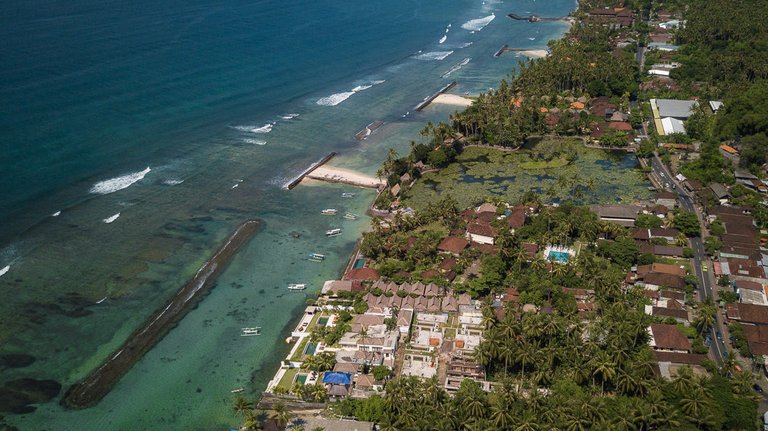


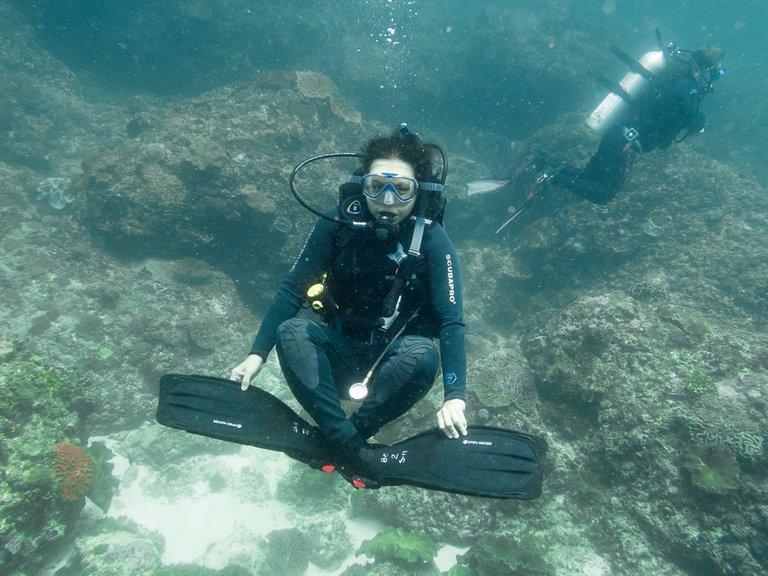
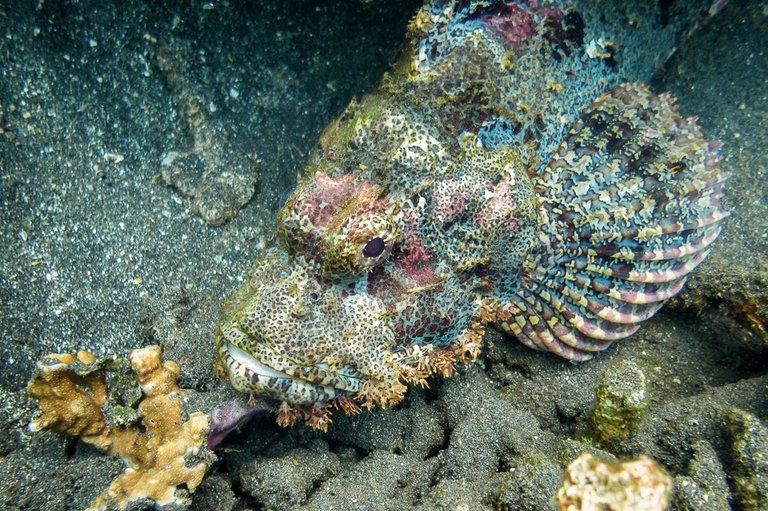
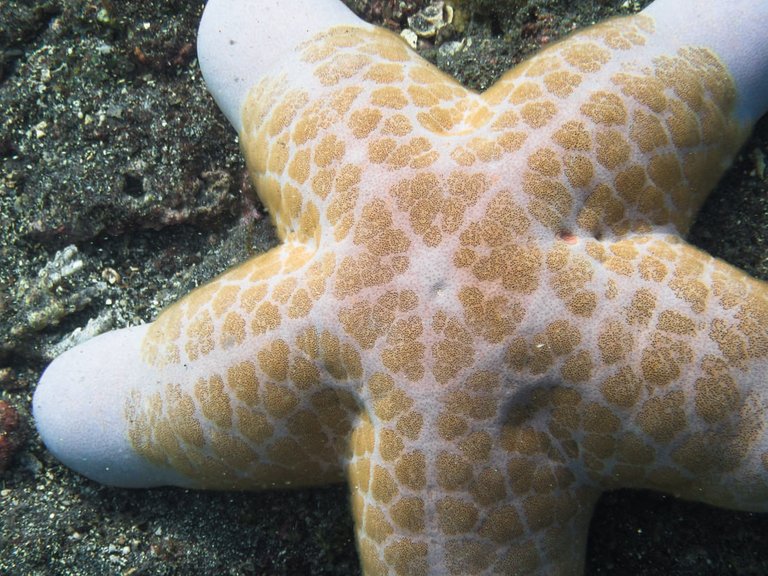

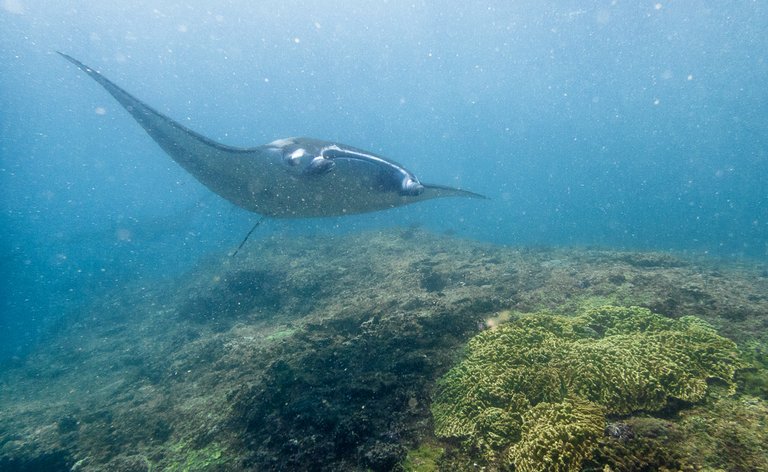
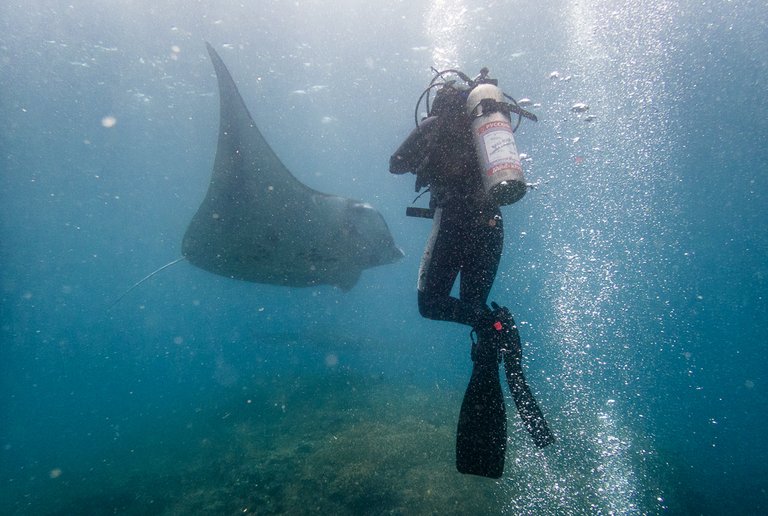
Wow what a great experience. Thanks for taking us with you.
You are welcome! For some reason I thought I wrote this post here, but yesterday I discovered that I didn't.
And for me it was a really big event that led to a huge amount of pleasure in diving further. Hope that someone after reading this will think about trying diving:)
Hiya, @ItchyfeetDonica here, just swinging by to let you know that this post made it into our Top 3 in Daily Travel Digest #986.
Your post has been manually curated by the @pinmapple team. If you like what we're doing, please drop by to check out all the rest of today's great posts and consider supporting other authors like yourself and us so we can keep the project going!
Become part of our travel community:
Thank you!
Congratulations, your post has been added to Pinmapple! 🎉🥳🍍
Did you know every user has their own profile map?
And so does every post as well!
Want to have your post on the map too?